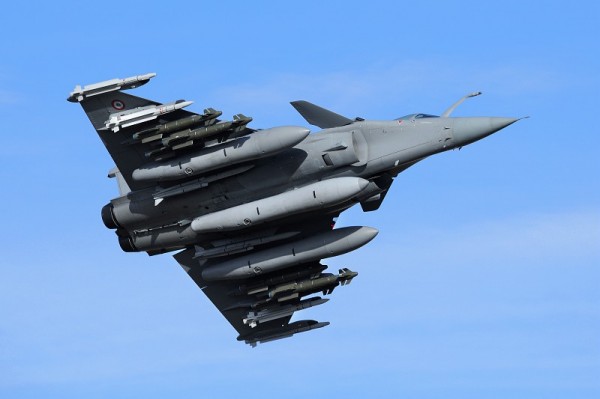GSLV Mk III. A file photo
BENGALURU (PTI): India's first indigenously designed and developed high-thrust cryogenic rocket engine generating a nominal thrust of 19 tonnes has been successfully endurance hot-tested for 800 seconds, ISRO said on Monday.
This duration is approximately 25 per cent more than the engine burn duration in flight, Bengaluru-headquartered Indian Space Research Organisation said, announcing the test at ISRO Propulsion Complex at Mahendragiri in Tamil Nadu on July 16.
The engine will be used for powering the Cryogenic stage (C25), the upper stage of the next generation GSLV Mk-III launch vehicle of ISRO, capable of launching four-tonne class satellites.
ISRO said the cryogenic engine of C25 Stage operates on Gas Generator Cycle using extremely low temperature propellants - Liquid Hydrogen (LH2) at 20 Kelvin (-253 deg C) and Liquid Oxygen (LOX) at 80K (-193 deg C).
The high performance cryogenic engine was conceived, configured and realised by Liquid Propulsion Systems Centre (LPSC), the lead centre of ISRO, responsible for developing liquid propulsion systems for the Indian Space Programme.
The engine design was totally an in-house effort with experts from different fields like fluid dynamics, combustion, thermal, structural, metallurgy, fabrication, rotor dynamics and control components working together, ISRO said.
The fabrication of major subsystems of the engine was carried out through Indian industries, it said, adding, assembly and integration of the engine and testing were carried out in ISRO Propulsion Complex (IPRC), a unit of ISRO.
LPSC has also developed a cryogenic upper stage of 12.5 tonne propellant loading and successfully flight tested it in GSLV Mk-II vehicle on January 05, 2014.
Compared to this stage, ISRO said, the C25 stage has a higher propellant loading (27 tonnes versus 12.5 tonnes) and higher engine thrust (19 tonne versus 7.5 tonne).
The recent successful endurance hot test of the first high-thrust cryogenic engine is the tenth test in a series of tests planned and executed as part of the development of the engine employing complex cryogenic technology.
The performance of the engine closely matches with the pre-test prediction made using the in-house developed cryogenic engine mathematical modelling and simulation software, ISRO said.
As part of the C25 Stage development, further tests are planned in high altitude conditions and in Stage configuration, prior to the flight stage realisation.
Mastering this complex, high-performance cryogenic propulsion technology will go a long way in building self-reliance for the Indian Space programme, ISRO said.
 Previous Article
Previous Article Next Article
Next Article












The Indian Air Force, in its flight trials evaluation report submitted before the Defence Ministry l..
view articleAn insight into the Medium Multi-Role Combat Aircraft competition...
view articleSky enthusiasts can now spot the International Space Station (ISS) commanded by Indian-American astr..
view article